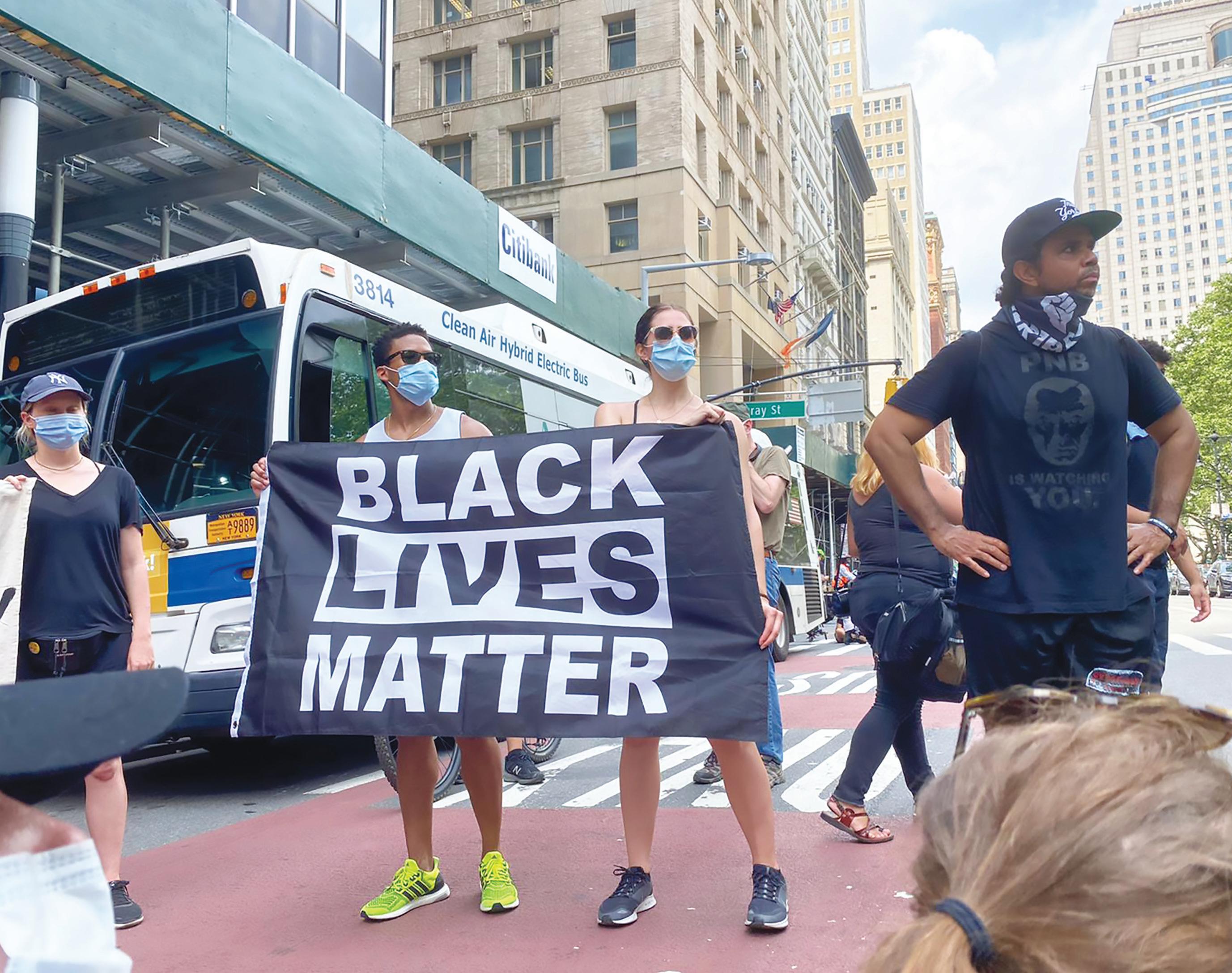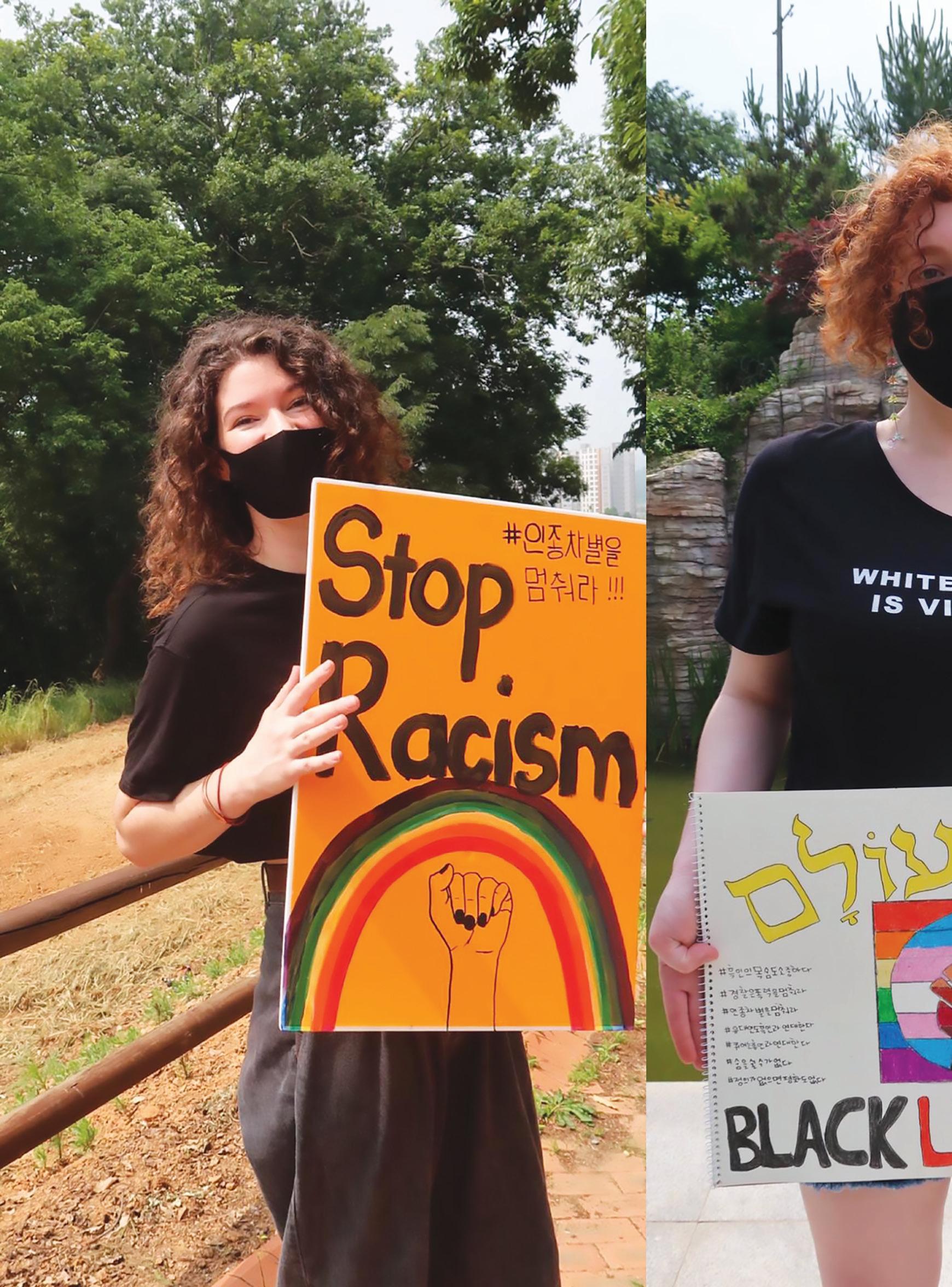
10 minute read
How I Found Gwangju in a Swiss City
Written by Cho Namhee
While I was working for the organizing committee of the FINA World Championships in Gwangju last year, the delegates of the Fédération Internationale de Natation (FINA), the counterpart of the host city Gwangju, often shared with me that Gwangju gives them the back-home feeling of Lausanne, Switzerland, where their headquarters is situated. Whenever they spotted similarities between Gwangju and their city of residence, I only thought that it was their effort for the sake of formality. But in less than six months of my stay in Lausanne, even though I spent most of that time staying at home, I admit that their comparisons were rational yet very humble. After roughly fourteen hours of multiple flights from Incheon and a 40-minute drive along the shores of the grand Lac Leman from the nearest Geneva airport, I could finally see the sign “Bienvenue à Lausanne, Capitale Olympique.” The moment I rotated myself 360 degrees, I was captivated by the panoramic Alps across the lake. It was the first similarity between Gwangju and Lausanne. Though the Alps might be more widely known than Mudeung Mountain, I felt the same strength as when I had the peak of Mudeung behind my back. It was the feelings of warmth, comfort, and protection that transcend the difference between the East and the West. As we all admire and love Mudeung Mountain, it
Advertisement
seemed that the lakeside and hill dwellers here had the same feelings towards their surroundings. People spend a lot of time either in the mountains or by the lake, or with a view of both.
On top of the geographical similarities, both cities boast of their rich culture and arts scene. From the early 20th century, the city of Lausanne not only was a holiday destination for people from neighboring countries such as France and Italy, but also served as a refuge for artists. It is worth noting that the city attracted countless creative people, including Ernest Hemingway. As a consequence, the city has more than two dozen museums and art galleries despite the city being less than one-tenth of the size and population of Gwangju. Musée de l’Elysée, a museum entirely devoted to photography; Fondation
▲ Lausanne Cathedral, Lake Leman, and the Alps.©REGIS COLOMBO

de l’Hermitage, a showcase of Swiss and international modern artists; and Musée Olympique, the Olympic museum are a few of the well-known museums and galleries in Lausanne. Furthermore, with the abovementioned cultural and artistic heritage, the city hosts numerous contests and festivals, including the Prix de Lausanne, a famous dance competition.
Last but not least, the city is known as the Olympic Capital, the home of international sports. Along with the headquarters of the International Olympic Committee (IOC) and the Court of Arbitration for Sport (CAS), there are approximately 50 international sports federations and sports-related organizations that call Lausanne and its canton Vaud (equivalent to a province in Korea) their home. Ever since Pierre de Coubertin, the founder of the modern Olympic Movement, chose Lausanne as the base for the IOC headquarters, it has spontaneously attracted affi liated federations and organizations to Lausanne. In 1994, the city was offi cially promoted to Olympic Capital and is slowly being recognized as the capital in all aspects of sports; this includes being the host of the 2020 Winter Youth Olympic Games. Similarly, Gwangju played host to the 2019 FINA World Championships.
▲ IOC Headquarters. (creativecommons.org)

My comparison of these two cities may heavily rely on my positive attachment to Gwangju, as I call it my second hometown. However, I am confi dent that if I tell the FINA delegates, who are now my colleagues, that I now agree with them that Gwangju and Lausanne are quite alike, they will not be surprised. I hope everyone back home in Gwangju is safe and well, and I hope that I can get to discover more of this city and this country very soon.
The Author
Cho Namhee is an over-zealous sports fan and free spirit who calls Gwangju home. Aft er working for the Gwangju International Center and the 18th FINA World Championships Gwangju 2019, he has taken on the position of sports coordinator at FINA.


New York City. (Gwendolyn Conneally)
Written by Farida Mohammed and Sesetu Holomisa
On June 6, 2020, in Hwasun County, South Korea, we gathered with a group of friends and fellow expats living in the Jeollanam-do area to document our support and solidarity with the Black Lives Matter movement and protests in the U.S. Despite the seriousness of the COVID-19 pandemic, the Black Lives Matter Korea group organized a demonstration that followed social distancing recommendations to maximize our voices and show up for such an important issue. People are coming together globally to show their support for George Floyd, Breonna Taylor, Ahmaud Arbery, Sandra Bland, Philando Castile, Tysha Miller, Eric Garner, Natasha McKenna, and countless other victims killed in police custody in the U.S.
What if you saw someone crushing a man’s neck with his knee? What if the man crushing the other man’s neck were a police offi cer? Th is is the documented abuse we saw in the case of George Floyd, and this mistreatment of black people is a historic aspect of American history. While these tragic events have always gotten a reaction, it has never been on this scale. Th e world is watching and standing up to this injustice together.
Th e Black Lives Matter movement, founded in 2013 in the wake of Treyvon Martin’s death, was the start of a new era of civil rights activism, and with the power of social media, we are increasingly bringing these issues into the light and giving more access to people to learn about them and stand up against racism. American institutional racism is layered with cultural, historical, and social nuances, yet on a human level, it is understandable that it is an injustice to be more likely targeted and killed based on the color of your skin. Virtually giving our voice to the larger community of Black Lives Matter activism allows us to stay connected and supportive. It has never been more vital that we post content to strengthen solidarity against the use of lethal force and the systemic racism pervasive still in today’s society.
The Author
Farida Mohammed is a professional English teacher with a passion for better understanding social justice issues. She holds degrees in political science and Spanish and is preparing to return to school to continue studying humanities. She enjoys reading and taking hikes on cooler days in the mountains. Please visit BlackLivesMatter.com to learn more about the movement and get involved. Instagram: @summeritacol
The Author
Sesetu Holomisa’s hobbies lately include sleeping and living in the alternate universe that she’s created in her mind and creating multiple playlists for the events that take place there. It’s much easier than internalizing and trying to comprehend anything that’s happening in reality. Instagram: @szaholomisa
Americans showing support: It is important to solve this violence and injustice over 400 years in the making. (Sesetu Holomisa)


Intersectionality: Highlighting the importance of being inclusive of all black lives, and the fact that it is pride month makes it more crucial to highlight the importance of not glazing over members of the LGBTQ community. (Sesetu Holomisa)

United at six feet apart. (Farida Mohammed)



Jeolla’s Countryside Cuisine

In the Heart of Gwangju
Written and photographed by Melline Galani

Ihave passed by Sigoljib many times, admiring only the building itself and the garden in front of it, but I never entered to try its food until a short while ago. We wanted something special for lunch, so we went to a restaurant recommended by one of my colleagues. Since it was really crowded and had a long waiting line outside, we had to change our plans. We headed for Dongmyeong-dong looking for an alternative. When we arrived in front of Sigoljib, we decided unanimously that this was the lunch place. Th e sunny and warm weather, the bright colors of the fl owers and trees in the garden, and the interesting architecture of the house made us think no more.
Living in Gwangju for a while now, I have gotten used to so many dishes from diverse countries and, of course, Korean cuisine that I have become somehow hard to impress anymore. Sigoljib, literally meaning “country house,” is one of the few restaurants that has caught my attention lately. Th e interior is a combination of old and new, urban and countryside style, off ering a special touch. Various old items are on display inside. It has two fl oors and plenty of space, but it was rather packed during lunchtime. It has big, wide windows, and it’s a pleasure to look outside at the beautiful garden while eating. Even the menu is made in an authentic traditional style, being written on rice paper glued to the walls. I think the entire building has a distinct charm, making people think of their childhood homes, a feeling of being at granny’s countryside house.
Some tables are Korean style with no chairs, but they are placed on wooden platforms. On the second fl oor,



there is a room with benches and tables, so people don’t have to take their shoes off and sit on the fl oor. I liked it so much that I visited twice in two weeks. Because I love kimchi and can’t live without it, we ordered kimchijeon ( 김치전), samgyeop-kimchi-jjim or steamed pork belly with kimchi (삼겹김치찜), and dak-bokkeum-tang (닭볶음탕). Kimchi-jeon is basically a pancake made with sliced kimchi and other vegetables. Dak-bokkeum-tang is a traditional Korean dish made with chunks of chicken plus vegetables and spices and resembles a Western-style stew. Samgyeop-kimchi-jjim also resembles a stew, and as the name suggests, is pork belly steamed with kimchi and spices.
Th e food arrived really fast, despite the fact that the place was full. Th e side dishes (반찬, banchan) were absolutely amazing and extremely fresh. It had been a while since I had last enjoyed such good banchan. Th e dishes that we ordered were mild to spicy but delicious, and made for two people (plenty of food, in my opinion). A glass of makgeolli (막걸리) completed the feast. Th e value for the money is excellent if you ask me. We paid 10,000 won for the kimchi-jeon, 23,000 won for the dak-bokkeum-tang, and 24,000 for the steamed pork belly with kimchi. Some of the dishes can also be ordered for one person. I would recommend this “country house” to anyone who wants to try authentic, traditional-style Korean food. I consider Sigoljib as a reference point for local cuisine and a must-try restaurant.
SIGOLJIB (시골집)
Address: Gwangju, Dong-gu, Jang-dong 73-2, 1st Floor 광주광역시 동구 장동 73-2번지 1층 Operating Hours: 11:30 a.m. – 10:00 p.m., closed on national holidays.
The author
Melline Galani is a Romanian enthusiast, born and raised in the capital city of Bucharest, who is currently living in Gwangju. She likes new challenges, learning interesting things, and is incurably optimistic. Instagram: @melligalanis












